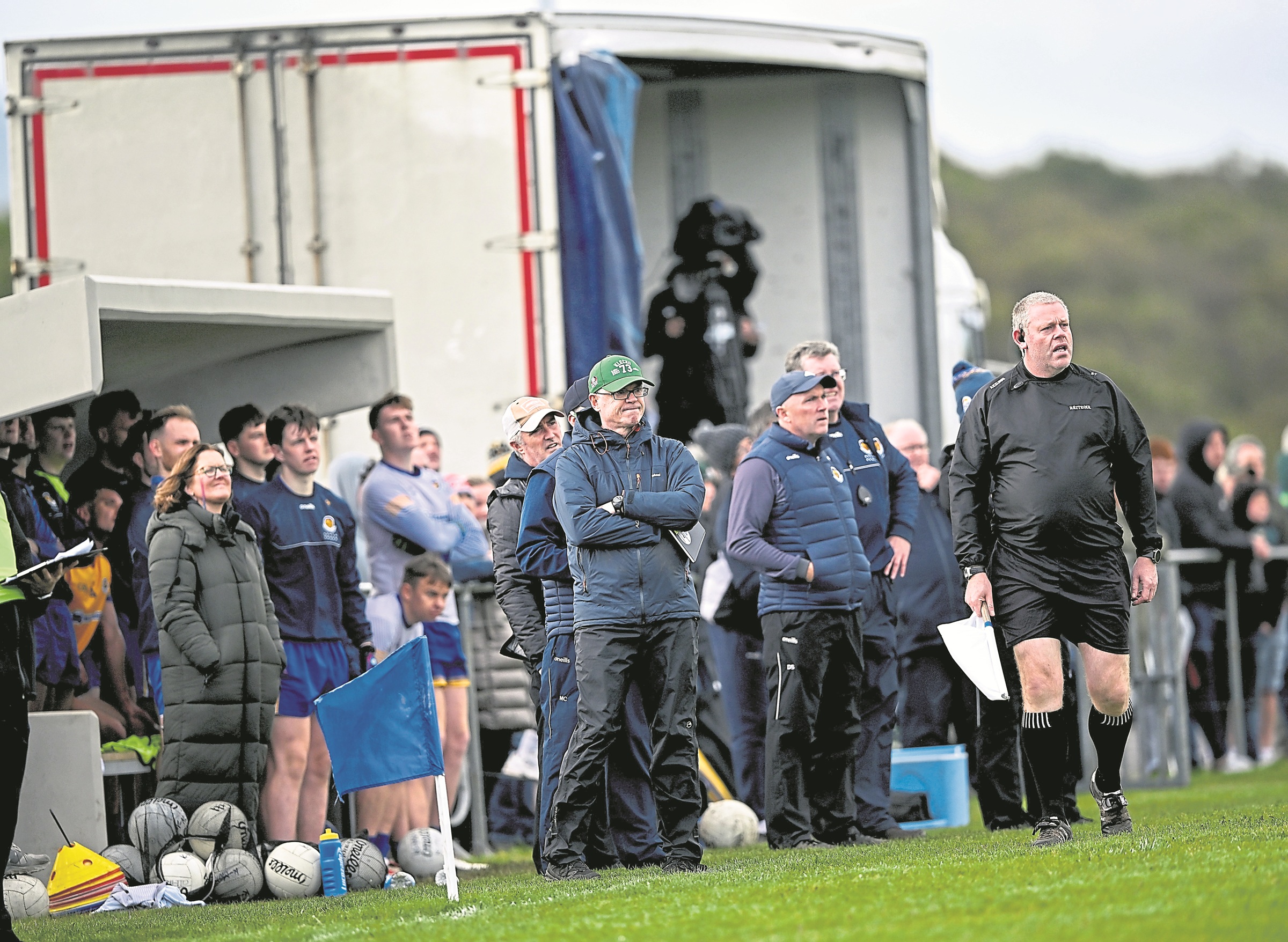“BOWLING Alone” the landmark work by sociologist Robert Puttnam, Professor of Public Policy at Harvard, charts the disintegration of American community life in the last 50 years and how the US has become, “a nation of strangers.”
There used to be more than 10,000 amateur bowling leagues, with around 20 million bowlers. Now, these have all but disappeared. Based on a vast body of research, the book shows how quickly uncontrolled capitalism and individualism have destroyed community spirit. The data shows how Americans – weighed down by a win at all costs ethos – have become disconnected from each other and explains the “grievous harm” this has wreaked on the emotional and physical health of the nation.
The break down of social connections between Americans has had very damaging consequences for democracy (think Donald Trump), trust and well-being.
Where there is no sense of community, crime flourishes. Drugs are everywhere. Violence and hatred thrive. Inequality soars. In the US last year, 20,000 people were murdered by guns. They have over 100,000 drug overdoses a year. The 400 wealthiest US billionaires hold more wealth than the bottom 70 per cent of the population. Just three of those hold more wealth than the bottom 60 per cent of the population. It is a dog eat dog world, where there are 550,000 bankruptcies each year because people cannot afford to pay their medical bills.
In Puttnam’s book, he tells the story of John Lambert and Andy Boshma who only knew each other through their local bowling league. Lambert was 64 years old and on a kidney transplant list. Boshma a 33-year-old accountant. Boshma found out about his plight because they bowled together. He offered the older man a kidney, it turned out to be a perfect match and it saved the older man’s life. Lambert is African American. Boshman is white. They lived in totally different neighbourhoods. That they bowled together made all the difference.
Just this week in the Guardian newspaper, the editorial team showed how Britain’s youth clubs have been decimated by cuts. During the first 10 years of the spending cuts that began in 2010, councils’ funding for youth services in England and Wales suffered a real-terms cut of 70%. By 2023, about 1,200 publicly run youth centres had closed, and more than 4,500 youth workers had lost their jobs.
These warm, friendly spaces were the antidote to loneliness and division, where young people could hang out together in safety, play music and games together. The evidence shows how when these youth clubs shut their doors and disappeared, teenage crime in those areas increased and educational outcomes got worse. It shows how youth clubs protect against division and hatred, and give young people a sense of hope and togetherness. They create concerned citizens. People who care for others.
We are fortunate to have the GAA, the glue of Irish life. Unlike bowling in America or youth clubs in Britain, the GAA is thriving. The starting point of empathy is: I know you, you know me. The GAA brings us together, from cradle to grave, like nothing else.
My infant daughter Lola goes to all the games with me and her mother. When I am coaching, if the weather is decent, I sometimes strap her into a baby carriage and she sits in front of me with her legs and arms free enjoying the atmosphere at training. If it is dry she will sit on the ground pushing an O’Neill’s ball around and crawling after it. My wife is in the management team for the senior ladies and if it rains at a game, Lola sits on the knees of the subs in the dug out. She is one year old and already she has a family of thousands.
Last weekend, she was at three matches, whooping and clapping and using all her verbal artillery, even though we lost all three.
Ireland is covered by a network of GAA clubs. The GAA is our recreation but it is also performing the critical job of building healthy communities. The older folk go to the games and play cards and pool in the clubrooms. They golf together. They meet for tea or a pint. The parents all know each other. The kids know each other on and off the field, all the time learning vital social skills. Because of the GAA, every GAA person in Ireland knows everyone else, even if they don’t specifically know them.
Once, when I was coaching the u-14s at St Brigid’s, I was gathering up the balls and bibs after training and saw a man bent over double. I went over and asked him if he was okay as he had a bad colour. After a bit of cross examination he told me he needed a kidney. I told him I would give him one. Six months later we were beside each other in hospital beds in London, woozy after surgery. We have become blood brothers. Like the GAA family all over the world, we didn’t specifically know each other when we talked that morning. Being GAA men made all the difference. It is a protective blanket that comforts us all.
The only protection against the lightning spread of the far right, helped by the outrage machine of social media, is strong communities. Disinformation, hatred and fear grows where people are divided. When the far right spreads racial hatred, our only protection is empathy.
This empathy can only come from strong communities. In turn, these can only grow from good social connections. Join a GAA club. Join Foroige. Volunteer for the meals and wheels. Get out and help the community clean up team in your area. Coach a team. Spend Saturday morning painting pensioners’ homes and hanging flower baskets, then relax with the group drinking coffee and eating buns. Not only will you feel great, you will be creating and maintaining a strong, healthy community. The good ripple effects will go farther than you can ever imagine.
There used to be more than 10,000 amateur bowling leagues in the US, with 20 million players. Now, Americans are bowling alone. Their country is filled with hatred and fear and distrust. It is vital that does not happen to us.
Receive quality journalism wherever you are, on any device. Keep up to date from the comfort of your own home with a digital subscription.
Any time | Any place | Anywhere















